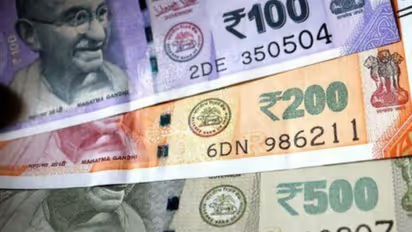RBI issues WARNING! How to identify fake Rs 100, Rs 200, and Rs 500 notes?
Published : Oct 08, 2024, 12:30 PM IST
With the increasing circulation of fake currency, it's crucial to identify genuine notes. This article highlights the security features of 100, 200, and 500 rupee notes, providing RBI guidelines for easy identification.
Stay updated with the Breaking News Today and Latest News from across India and around the world. Get real-time updates, in-depth analysis, and comprehensive coverage of India News, World News, Indian Defence News, Kerala News, and Karnataka News. From politics to current affairs, follow every major story as it unfolds. Get real-time updates from IMD on major cities weather forecasts, including Rain alerts, Cyclone warnings, and temperature trends. Download the Asianet News Official App from the Android Play Store and iPhone App Store for accurate and timely news updates anytime, anywhere.
Read more Photos on
